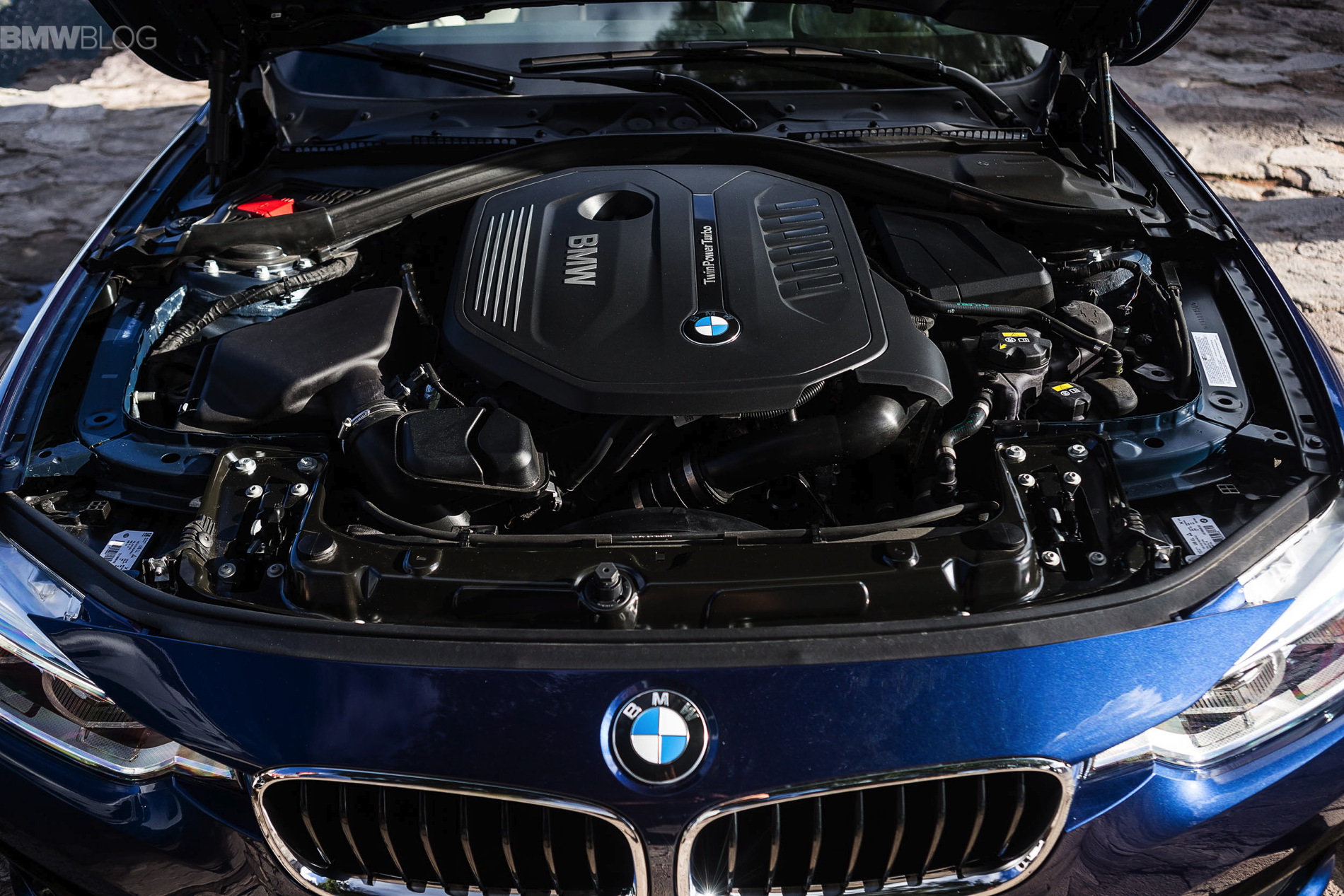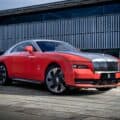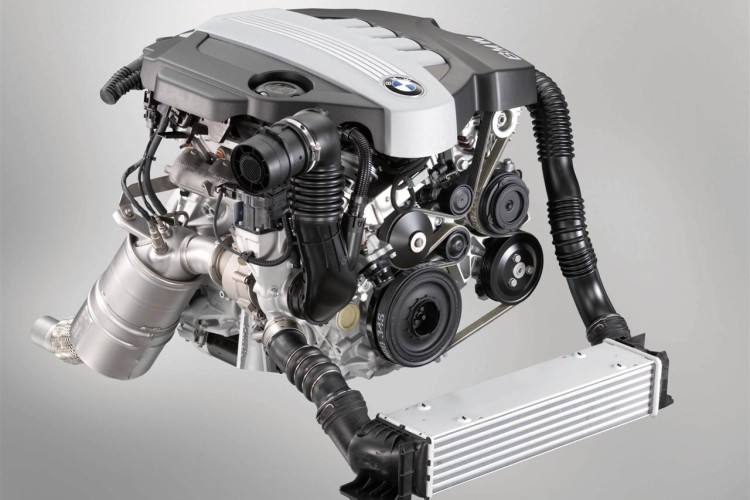The ongoing process of electrification of conventional engines is reflected – once again – in the Wards’ 10 Best engines ranking for 2016. The changeover from high-displacement, high-powered engines to smaller, more efficient and as equally powered engines has been a process in making over the last few years, and Ward’s new ranking comes to highlight that. For the first time ever, there are three electrified powerplants, joined by two naturally-aspirated V6s, a turbocharged inline six (BMW’s B58), a diesel, one V8 and one four-cylinder unit with both turbo and supercharging.
“This is a list that’s loaded with innovation, from hybrids to muscle cars,” says Drew Winter, director-content at WardsAuto. “We have three groundbreaking electrified drivetrains for the first time ever, each representing a different technology: the gas-electric Prius hybrid, the plug-in hybrid Sonata and the extended-range electric Volt.”
BMW’s refreshed 3.0 liter inline-six turbocharged engine – found in the new 340i – made the list. The BMW N55 engine was something of legend. It was easily one of the best engines on the market throughout its entire tenure, regardless of what else was on the market. It was jet-turbine smooth, powerful and made a great noise. It was everything one could want from six inline cylinders. But, like all things, the N55 must retire and it will be deeply missed. However, some say when losing a good woman, the best way to get over her is to find another and that’s exactly what BMW did.
Enter the new B58.
Much like the N55, the B58 displaces 3.0 liter (though it’s technically a tad bigger, at 2.998L compared to 2.979L) and uses a TwinPower twin-scroll turbocharger, though the B58’s is also a bit bigger with a 6 percent increase in turbine wheel size and 10 percent increase in compressor wheel diameter. The B58 will also feature most of the N55’s engine technologies, such as direct-injection and BMW’s Dual-Vanos and Valvetronic systems.
BMW has also stressed temperature management in the B58, more so than in the N55. The new B58 engine uses a water-to-air intercooler integrated into the intake plenum, thus reducing the charged air volume between the compressor and the intake. This increases performance by maintaining more even temperatures inside the intake. BMW has also incorporated an engine-mounted encapsulation system, which allows the engine to retain much of its heat for up to 36 hours which helps to reduce emissions and wear and tear during start-up, especially in colder climates.
The engine makes 320 horsepower and 330 lb-ft of torque taking the 340i from 0 to 60 mph in 4.4 seconds.
The Class of 2016:
3.0L Turbocharged DOHC I-6 (BMW 340i)
3.6L DOHC V-6 (Chevrolet Camaro/Cadillac ATS)
1.5L DOHC 4-cyl./120-kW Drive Motor (Chevrolet Volt EREV)
5.2L DOHC V-8 (Ford Shelby GT350 Mustang)
2.0L DOHC 4-cyl./50-kW Drive Motor (Hyundai Sonata PHEV)
3.5L DOHC V-6 (Nissan Maxima)
3.0L Turbodiesel DOHC V-6 (Ram 1500 EcoDiesel)
2.0L Turbocharged DOHC 4-cyl. Boxer (Subaru WRX)
1.8L DOHC 4-cyl./53-kW Drive Motor (Toyota Prius HEV)
2.0L Turbo/Supercharged DOHC 4-cyl. (Volvo XC90)






































































